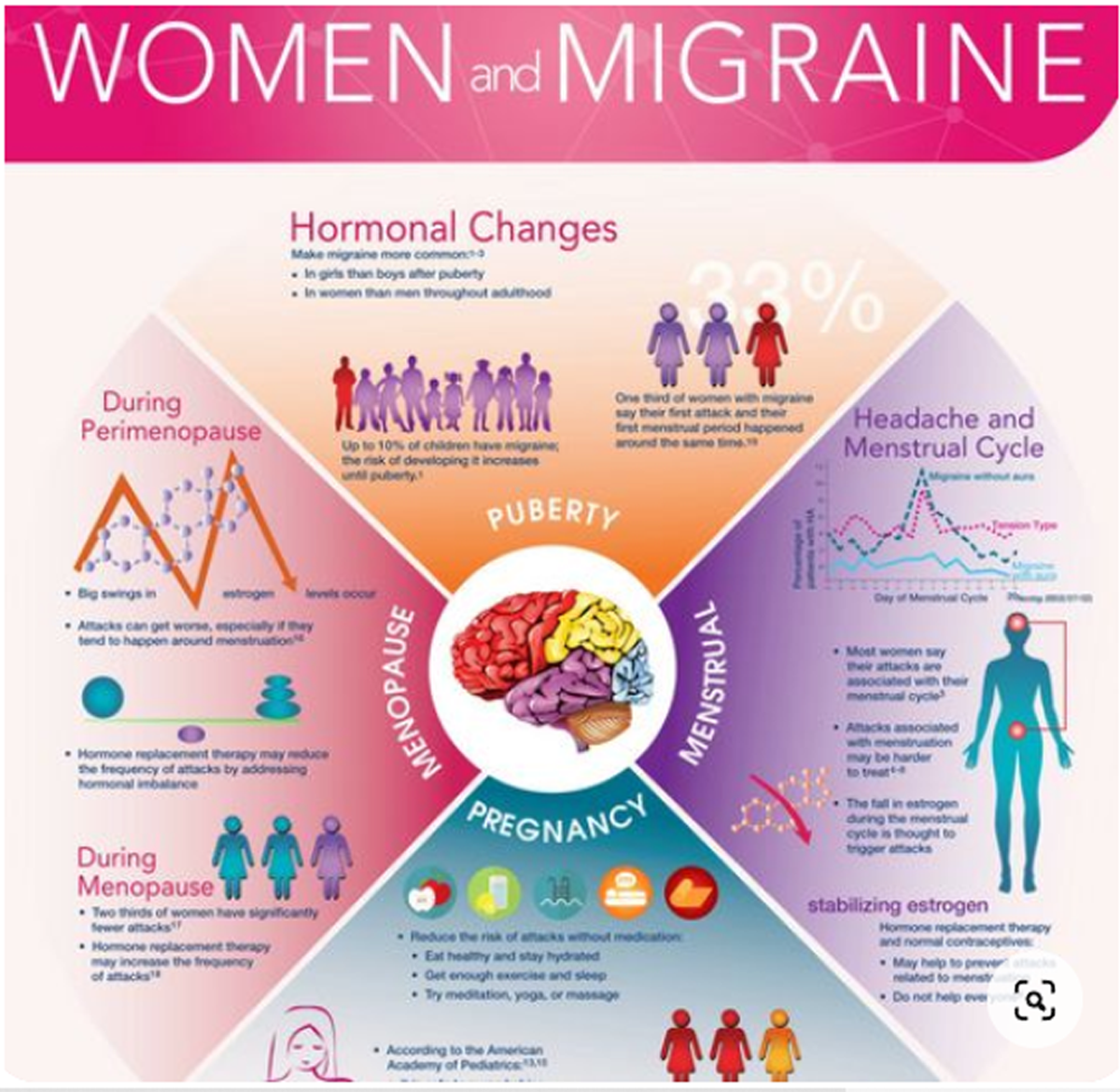Cervicogenic Headache Revisited
SOURCE: The Chiropractic Report
Editor: David Chapman-Smith LL.B. (Hons.)
“In my experience, cervical migraine is the type of headache most frequently seen in general practice and also the type most frequently misinterpreted. It is usually erroneously diagnosed as classical migraine, tension headache, vascular headache. . . . Such patients have usually received an inadequate treatment and have often become neurotic and drug-dependent”.
Frykholm, neurosurgeon, Sweden (1972) [1]
“Manipulation is effective in patients with cervicogenic headache”.
Duke University Evidence-Based Practice Center, USA (2001) [2]
A. Introduction
Headache is one of the most frequent reasons people seek medical advice and is the primary complaint of about 10% of chiropractic patients [3,4]. Headaches may have a ‘sinister’ cause, such as accidental injury, a space-occupying lesion in the brain or other disease process. In that case they are secondary headaches. However the great majority of headaches are ‘benign’, not linked to any specific injury or disease, and are known as primary headaches.
Benign does not mean mild – symptoms may be frequent and severe. The three most common types of primary headaches are migraine, tension-type headache (TT H) and cervicogenic headache (CGH) [5]. Back in the 1960s the various categories of primary headache were thought to be distinct. That thinking still influences much clinical practice and public perception. However by 1988, when the International Headache Society (IHS) published a new classification of headaches [6] it was known:
- The diagnosis and classification of primary headaches were extremely confusing and difficult areas. A headache may have various causes – genetic, neurological, biomechanical, vascular, physiological, environmental (e.g. certain foods and drink). New findings were casting doubt on the peripheral nervous system as the main source of pain. The “most fundamental problem”, noted the IHS, was that there was “a complete absence of laboratory tests which can be used as diagnostic criteria for any of the primary headache forms”.
- There was a continuum between what had been thought to be separate types of headache – migraine could convert to chronic TT H, episodic TT H could convert to chronic headache.
- Movement abnormalities or dysfunctions in the cervical spine were a significant contributing factor to primary headaches. Where patients met the diagnostic criteria for migraine or TT H they might also have cervicogenic headache (CGH – headache born in the cervical spine).
Figure 1 gives the IHS criteria for CGH.
| Figure 1. IHS Classification – Cervicogenic Headache (1988)
11.2.1 Cervical spine Diagnostic criteria: A. Pain localized to neck and occipital region. May project to forehead, orbital region, temples, vertex or ears. B. Pain is precipitated or aggravated by neck movements or sustained neck posture. C. At least one of the following: 3. Abnormal tenderness of neck muscles D. Radiological examination reveals at least one of the following: 3. Fractures, congenital abnormalities, bone tumours, rheumatoid arthritis or other distinct pathology (not spondylosis or osteochondrosis) Comment: Cervical headaches are associated with movement abnormalities in cervical intervertebral segments. The disorder may be located in the joints or ligaments. The abnormal movement may occur in any component of intervertebral movement, and is manifest during either active or passive examination of the movement. |
Read the rest of this Full Text article now!






I think a lot of people assume chiro is strictly back, neck pain, etc…
It’s great to see some extra attention paid to headaches and other ailments that are common